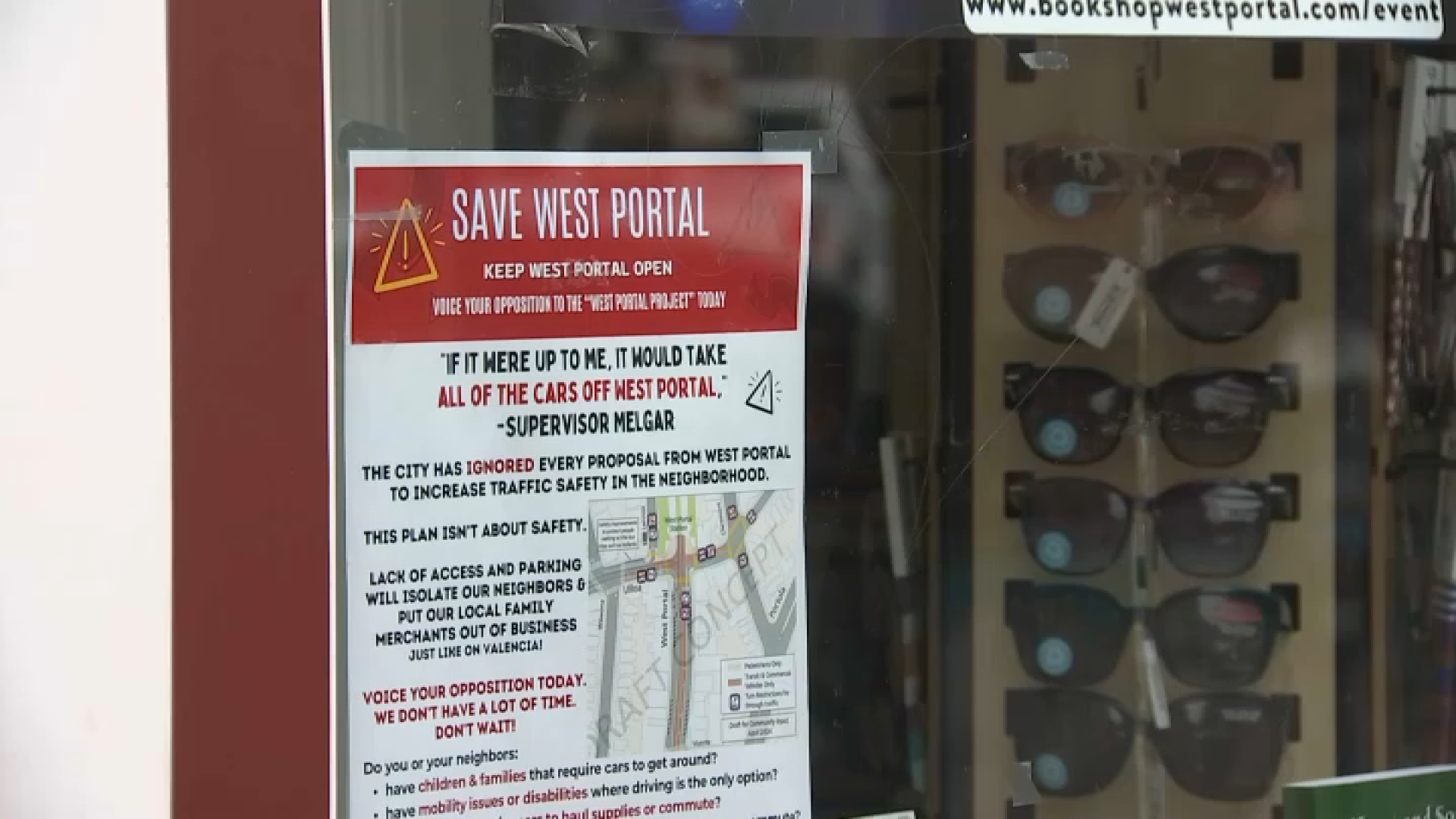State health regulators are questioning the radiation testing of huge areas of a former naval shipyard in the south eastern part of San Francisco, the NBC Bay Area Investigative Unit has learned.
In an unprecedented move last fall, the California Department of Public Health suspended unrestricted release recommendations for nearly two dozen buildings on the Hunters Point Naval Shipyard. The buildings are currently on government-owned land that will be eventually transferred to private ownership after radiation cleanup. The recommendations act as the state’s approvals that any radiation which may have existed on a site has been cleaned up, doesn’t pose a health threat and can be turned over for redevelopment.
The 800-acre shipyard and federal Superfund site once housed the Navy’s Nuclear Radiological Defense Lab (NRDL), where ships exposed to atomic weapons tests were decontaminated and radiation experiments were performed on animals. For the past decade the shipyard has undergone a massive cleanup. It will eventually make way for one of the largest new developments in the Bay Area, complete with shops, parks and thousands of housing units.
The Navy contracted Tetra Tech to test for the presence of radiation—and get rid of it. The company’s work has cost taxpayers hundreds of millions of dollars. But last year’s move by state regulators calls into question whether the company’s work can be trusted.
The health department originally granted the unrestricted release of 22 buildings on four large parcels of the shipyard beginning in 2009. The buildings are spread across parcels B, C, E and G. According to Navy documents some of the buildings in question were once part of the NRDL and contained elevated levels of radium and cesium—radioactive elements that have been linked to cancer if people are exposed to them in high levels over time.

Last summer, the Navy discovered Tetra Tech did not perform radiation tests correctly. According to internal state emails obtained through a public records request, regulators said the final radiological “scans were collected too fast.” The tests were supposed to confirm that any radiological contamination once present on a site no longer exists.
Local
“This is the final proof in the process,” said Tracy Ikenberry, a health physicist with three decades of radiological remediation experience.
His firm, Dade Moeller, located in southern Washington, has performed radiation scans and cleanup work at contaminated sites across the country. He said a building or piece of land cannot be released for redevelopment if final radiological scans are performed too quickly.
“It gets more and more difficult the faster a scan is made to detect any radioactivity that may be left behind,” Ikenberry said.
[[299991001, C]]
NBC Bay Area first revealed concerns about Tetra Tech last May, when two former employees spoke out alleging they were fired after raising safety concerns. They filed a lawsuit against the company in 2012. The case was recently settled, according to a California Superior Court document filed earlier this month.
Susan Andrews, a radiation safety worker, claimed Tetra Tech decreased the sensitivity of the monitors used to detect radiation. She said the company allowed truckloads of potentially contaminated dirt to be hauled away from Hunters Point and through the city of San Francisco without being properly contained.
“I was worried about the wrong being done to the city of San Francisco,” Andrews said in an interview last May.
Bert Bowers, the company’s radiation safety officer, said he witnessed “the most egregious violation of standard protocol I have ever encountered” including the improper storage of radiation detection devices and insufficient barriers to keep the public away from potentially radioactive areas.
In October, the NBC Bay Area Investigative Unit uncovered an internal Tetra Tech report in which the company admitted the Navy caught technicians faking soil samples, passing off contaminated soil as clean and submitting falsified data to the Navy.
“This is my problem with the Navy,” said Dr. Raymond Tompkins, a science professor at San Francisco City College. “Why do you keep going back to someone who is cutting corners, not following proper protocol, trying to get the job done as fast as possible? I understand motivation is to make profit. But we’re dealing with radiation. This is a long lasting impact on a population.”
For 12 years, Tompkins served on the now-defunct Hunters Point Restoration Advisory Board. He has long questioned the cleanup of the shipyard, and now wants an independent third party to monitor the Navy’s contractors. And apparently he’s not alone.
In an email to the Navy in February, a regulator from another state agency—the Department of Toxic Substances Control—wrote about the “chronic issue of Navy contractors making errors” and suggested “onsite independent oversight personnel.” The Navy responded, asking whether “Tetra Tech’s license” would be “suspended or revoked.”
According to Tetra Tech’s website, the company has won $300 million of Navy contracts to clean up Hunters Point over the past decade, and continues to operate.
“I can’t understand for the life of me why Tetra Tech still has a contract,” Tompkins said. “If there are continuous violations why would you allow them to have the privilege to be there and make this huge profit?”
No one from Tetra Tech or the Navy would speak to NBC Bay Area on camera. In a written response to questions the Navy said it “has determined that there is no radiological contamination” in the 22 buildings “that poses an unacceptable risk.”
State health regulators also declined interview requests but wrote in an email that the agency is “broadly concerned about all of the buildings affected by this scan speed issue.”
The Navy is negotiating just how much retesting Tetra Tech needs to take on to ensure the 22 buildings in question have been properly scanned, and that they’re safe.
“Who is going to pay for these additional tests?” Tompkins said. “Are they going to be held accountable? Are they paying for it? The taxpayer has no business paying for somebody else’s mistakes.”
The Navy declined to disclose how much the new surveys will cost and who will be paying for them.
If you have a tip for the Investigative Unit email theunit@nbcbayarea.com or call 888-996-TIPS. Or email reporter Vicky Nguyen Vicky@nbcbayarea.com, or producer Liz Wagner directly Elizabeth.wagner@nbcuni.com.You can also find us on Twitter. @vickydnguyen and @lizwags.



